MP4 | h264, 1280×720 | Lang: English | Audio: aac, 48000 Hz | 2h 27m | 3.14 GB
Students can learn the holding posture & blowing techniques of Flute.
Students can understand & learn Shruthi & Thaalam.
Students can get a good sense of pitch & rhythm.
Students can learn the Basics of Carnatic Flute.
Students learn to spell every note as per the classical norms.
Students will be able to play all the exercises in 3 Speeds.
Students get to know the breathing techniques and learn to sustain their blow in a right way.
Students can get good and systematic practicing skills.
Students will be able to understand and pick the next level of course.
Students also can understand how to learn Carnatic Music by learning Carnatic Flute.
Requirements
Students need 2 and half (D#) pitch, 8 holes Carnatic Flute to practice the exercises.
Students need to follow the instructions given by the Instructor.
Students need not have prior knowledge of Carnatic Music.
Description
Carnatic Flute
One of the oldest musical instruments of India, the instrument is a key-less transverse flute made of bamboo. The fingers of both hands are used to close and open the holes. It has a blowing hole near one end, and eight closely placed finger holes. The instrument comes in various sizes. The venu is also a highly respected instrument and those who play it are expected to appreciate it, for it is considered a gift to be able to play it.
The venu is capable of producing two and half octaves with the help of over-blowing and cross fingering. The flute is like the human voice in that it is monophonous and also has a typical two and half octave sound reproduction. Sliding the fingers on and off the holes allows for production of variety of Gamakas, important in the performance of raga-based music.
History of Carnatic Flute
The flute (Venu) finds great mention in Indian mythology and folklore having been listed as among the 3 original instruments meant for music along with the human sound and Veena (vaani-veena-venu).However it is strange that there is no name mentioned for the typical flute that the Lord plays.
The venu is associated with the Hindu god Krishna, who is often depicted playing it. This kind of flute is mainly used in South India. Lord Vishnu is portrayed as Sri Venugopala.
Venu had not been a part of the Carnatic classical music until the pioneering innovations of Shri Sharaba Shastri and later revisions and updates on his design by Shri T.R. Mahalingam (fondly called Flute Mali). Due to the underlying physics of sound production, flutes have a natural “cut” or a discontinuity when going from the lowest note to the highest note. This discontinuity appears between the notes “ga” and “ma” on a Carnatic flute and between “Ma” and “Pa” for a Hindustani flute (mainly because of the fingering technique differences). In order to adapt the flute to Carnatic Music, certain modifications were necessary such as the addition of the 7th hole, usage of thicker walled bamboos, the technique of lifting the head to change the angle of embouchure when shifting between “ga” and “ma” notes. These innovations enabled artists to perform the Carnatic ragas with all the necessary Gamakas and ornamentations without losing the “Bhaava” of the raga.
In the Hindustani style, it is known as Bansuri (6 Holes). In the Carnatic style, it is known as Flute (8 holes).
Who Am I ?
I am a professional classical musician. I have learnt Carnatic Vocal and Carnatic Flute-Instrumental from late. Manda Balarama Sharma garu and Sri.V.Nagaraju garu. I hold a Diploma in Carnatic Classical Music in both vocal and instrumental.
I have been performing since 1994 as an accompanist and in solo for numerous music and dance festivals, lecture demonstrations, cultural organizations and special occasions like Brahmothsavams in temples within the country.
I gave solo concerts in Tirumala Tirupati Devasthanams., Tirupati, Sri Lakshmi Narasimha Swamy temple, Yadagirigutta, Sri Mallikarjuna Swamy temple, Srisailam., etc., during the brahmothsavams.
Since 2001, I have been teaching numerous students through my own music and dance academy “Swara Vaahini” which is registered by the Govt. of Telangana.
I have been encouraging and developing my students to participate in various programs and television music shows like “Paadutha Theeyaga”, Sa Ri Ga Ma Pa Little Champs, etc.
I have been taking online classes through Skype / Google hangouts / Whatsapp for the NRI students from U.S.A., Australia, Denmark, New zealand, Germany, Dubai, Kuwait, Malaysia and Singapore. Most of them are performing in Indian festival occasions regularly.
I would like to impart my musical knowledge to more and more people who are interested to learn and perform from the different parts of the world as MUSIC is the only way to reach god
Reviews On Urbanpro :
Krishna P S attended Flute
“Such an amicable and knowledgeable Guru to learn flute. Regularly gives feedbacks on student’s mistakes and corrects them accordingly. He not only taught flute to me, but one of the toughest life lessons- patience, perseverance and dedication. Really feeling blessed to be his student. ”
M Bharani attended Flute
“Very nice classes. You will have a valuable time learning here. Sir is very particular about gamakalu, which is why these classes are of high quality. ”
Sriram Reddy Bachireddy attended Flute
“Krishna Mohan Garu teaching my son from the past 3 years, he is a very excellent instructor, having huge patience and humor and knowledge. I highly recommend him for the best flutist. ”
Who this course is for:
Those who are curious to learn Classical Carnatic Music.
Those who are interested in learning South Indian Carnatic Flute.
Students who are passionate about Music.
Students who are fond of Basic Carnatic Music.
Students who want to get a basic knowledge of Music.
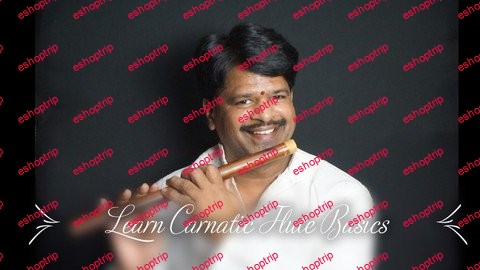
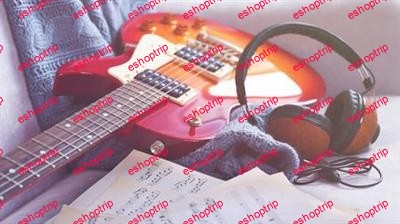
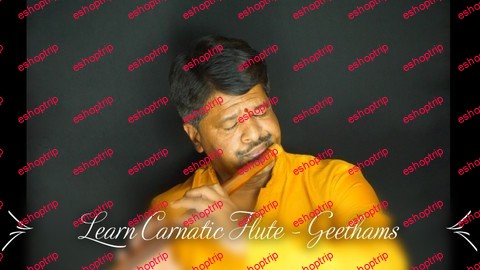

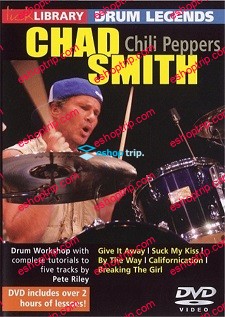
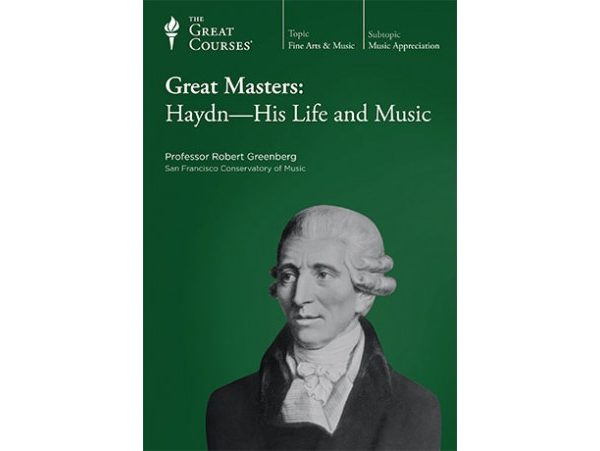
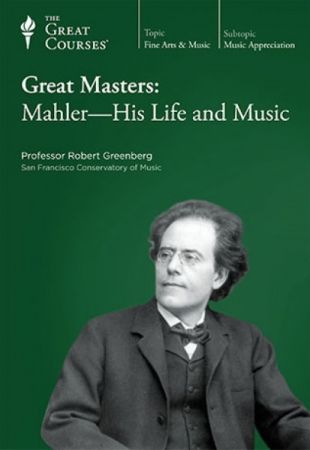
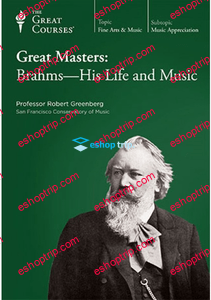


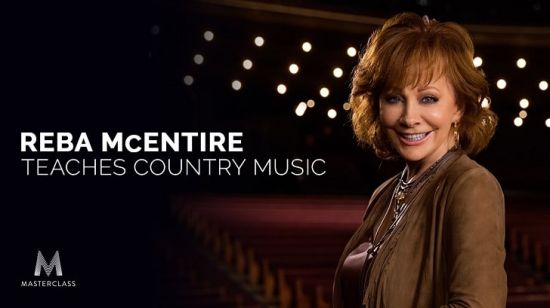
Reviews
There are no reviews yet.